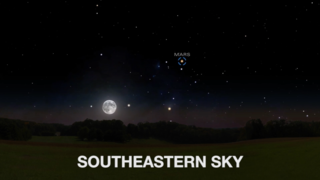Universe
ID: 11838
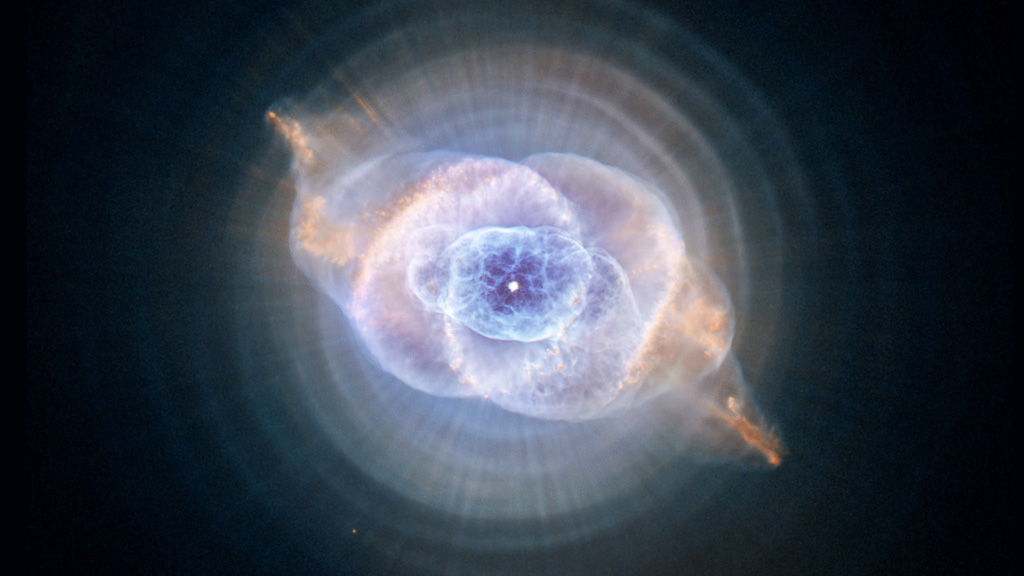
April 24, 2015, will mark the 25th anniversary of the launch of NASA’s Hubble Space Telescope. Over the years, the telescope’s extraordinary images have contributed greatly to our study of the cosmos, particularly planetary nebulae. Despite their name, planetary nebulae have little to do with planets; they’re the diffuse and spectacular remains of dying stars. When a star up to eight times the mass of our sun nears its end, it swells enormously to become a red giant. As the fuel in its core runs out, the star’s outer layers peel away, leaving behind a tiny stellar remnant surrounded by an expanding cloud of ionized gas and dust. This cloud—the planetary nebula—can take many shapes, ranging from spheres and ellipses to more complex forms like hourglasses. Scientists have long known that planetary nebulae are intricate, but Hubble provided a more precise look of their structures than ever before. Explore the images to see views of planetary nebulae taken by Hubble.

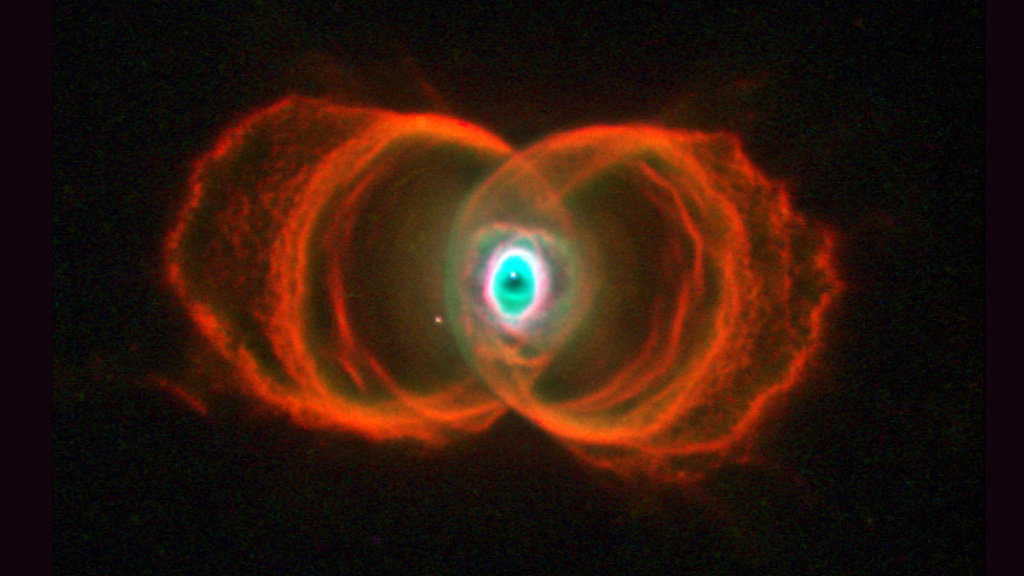
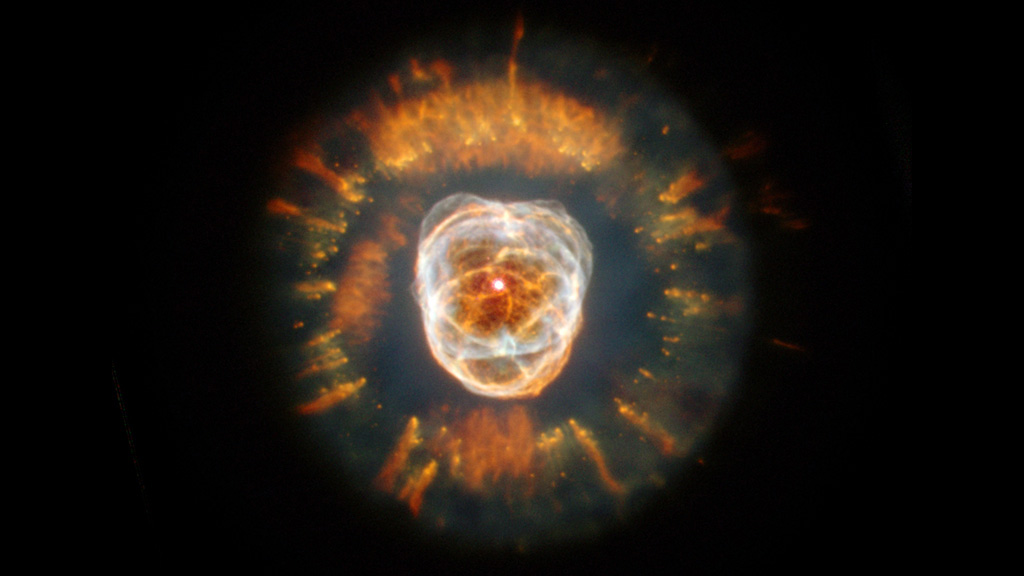
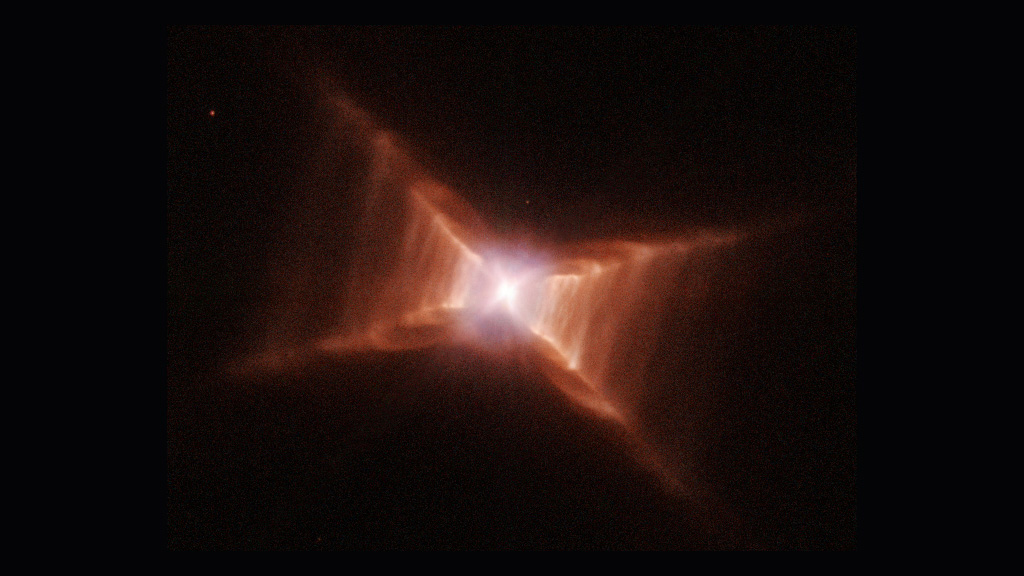
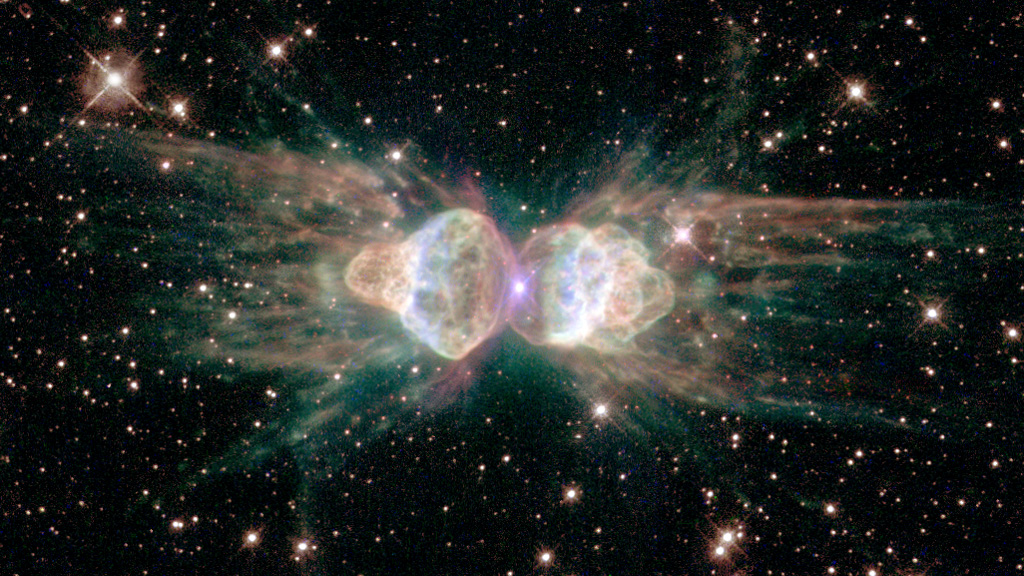
Hubble Turns 25






Related Material
Related Story
Story Credits
Scientists:
Bruce Balick (University of Washington)
Joel Kastner (Rochester Institute of Technology)
Lead Writer:
Kerry Klein (USRA)
Bruce Balick (University of Washington)
Joel Kastner (Rochester Institute of Technology)
Lead Writer:
Kerry Klein (USRA)
Please give credit for this item to:
NASA's Goddard Space Flight Center
Cover image courtesy of NASA/ESA/HEIC/STScI/AURA/The Hubble Heritage Team
NGC 2818 image courtesy of NASA/The WFPC2 Science Team/JPL/Raghvendra Sahai and John Trauger
Hourglass Nebula image courtesy of NASA/The WFPC2 Science Team/JPL/Raghvendra Sahai and John Trauger
Eskimo Nebula image courtesy of NASA/STScI/ST-ECF/Andrew Fruchter, Sylvia Baggett, Richard Hook, Zoltan Levay
Red Rectangle image courtesy of NASA/ESA/Catholic University of Leuven, Belgium/Hans Van Winckel and University of California, Berkeley/Martin Cohen
Ant Nebula image courtesy of NASA/ESA/STScI/AURA/The Hubble Heritage Team
NASA's Goddard Space Flight Center
Cover image courtesy of NASA/ESA/HEIC/STScI/AURA/The Hubble Heritage Team
NGC 2818 image courtesy of NASA/The WFPC2 Science Team/JPL/Raghvendra Sahai and John Trauger
Hourglass Nebula image courtesy of NASA/The WFPC2 Science Team/JPL/Raghvendra Sahai and John Trauger
Eskimo Nebula image courtesy of NASA/STScI/ST-ECF/Andrew Fruchter, Sylvia Baggett, Richard Hook, Zoltan Levay
Red Rectangle image courtesy of NASA/ESA/Catholic University of Leuven, Belgium/Hans Van Winckel and University of California, Berkeley/Martin Cohen
Ant Nebula image courtesy of NASA/ESA/STScI/AURA/The Hubble Heritage Team
Short URL to share this page:
https://svs.gsfc.nasa.gov/11838
Keywords:
SVS >> App
NASA Science >> Universe
https://svs.gsfc.nasa.gov/11838
Keywords:
SVS >> App
NASA Science >> Universe
